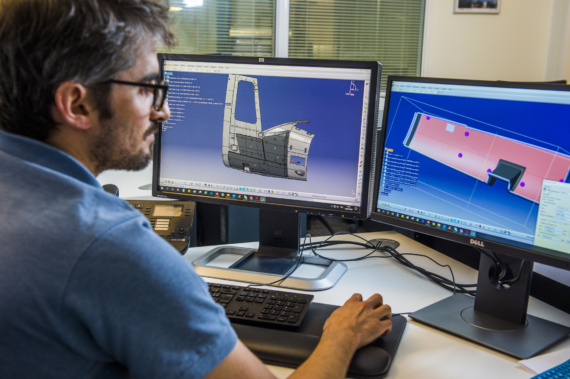
Our capabilities are enhanced by stringent quality standards such as EN9100 and AS9100 – essential certifications for aerospace manufacturing. These certifications reflect our deep commitment to the highest industry standards, ensuring our armor solutions meet the rigorous aerospace sector demands.
Our composite manufacturing capabilities are central to our products. We leverage advanced composite materials and manufacturing techniques, producing armor solutions with optimal protection against kinetic and various other threats. Our skilled engineers and technicians meticulously design and produce composite armor components, striking the optimal balance between ballistic resistance, weight efficiency, and structural integrity.
When designing helicopter armor to protect against kinetic threats, we take several important aspects into account to ensure effective protection without compromising the aircraft’s performance and capabilities.